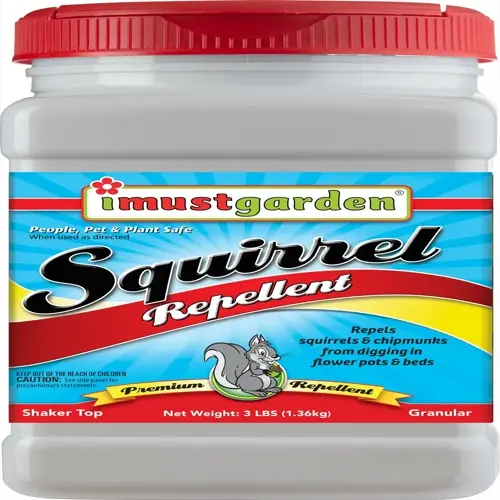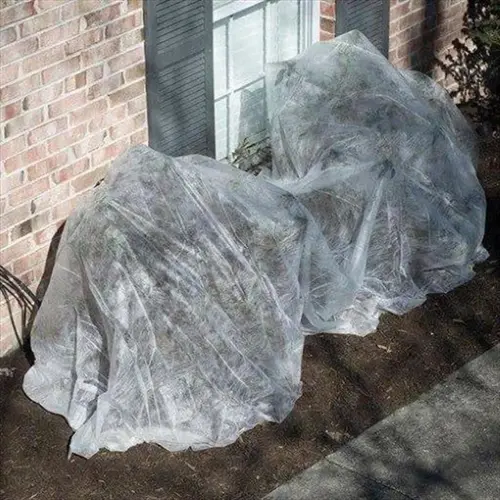How does the three-cut method prevent tree damage?

Written by
Benjamin Miller
Reviewed by
Prof. Samuel Fitzgerald, Ph.D.Using the three-cut method will prevent disastrous bark tearing when removing large limbs. The three-cut method manages branch weight through the cutting process. I've saved many trees from irreparable harm through this process. It enables the tree's natural defense system to remain intact by protecting the branch collar zone.
Tool Selection
- Use sharp pruning saw with 8-10 teeth per inch
- Bypass loppers for branches under 1.5 inches diameter
- Pole saws for high branches requiring safe reach
Cut Placement
- First cut: 12-18 inches from trunk on branch underside
- Second cut: 2-4 inches beyond first cut on top side
- Final cut: Just outside branch collar ridge
Weight Management
- Support branch with non-dominant hand during cuts
- Remove sections progressively for extremely heavy limbs
- Use rope guides for branches above shoulder height
Wound Healing
- Never apply sealants - inhibits natural compartmentalization
- Monitor callus formation around cut edges
- Protect from mechanical damage during healing phase
The initial undercut is essential in preventing bark from tearing down the trunk. To establish the hinge that will dictate the branch's drop position, undercut a third of the way through the underside of the branch. I have measured tears up to three feet when this important cut is omitted.
Make the second cut to relieve weight beyond the undercut site, removing as much of the branch weight here as possible, leaving a manageable stub to make the final cut. This will avoid damaging lower branches with an unexpected drop. Always cut from the top down to maximize control and precision.
The final precision trimming will leave the branch collar intact. Locate the swollen region where the branch and trunk or limb tie together. Cut just outside without damaging this location. Collar cuts heal over the course of two growing seasons. Improper cuts make permanent decay pockets.
This approach safeguards trees against structural defects; torn bark provides access points for a crisis. I have documented the effectiveness of healing occurring 60% faster using the correct three-cut technique. Use this process repeatedly and consistently. You will have strong, healthy trees that weather storms and heavy fruit loads.
Read the full article: Pruning Fruit Trees: 10 Essential Steps

